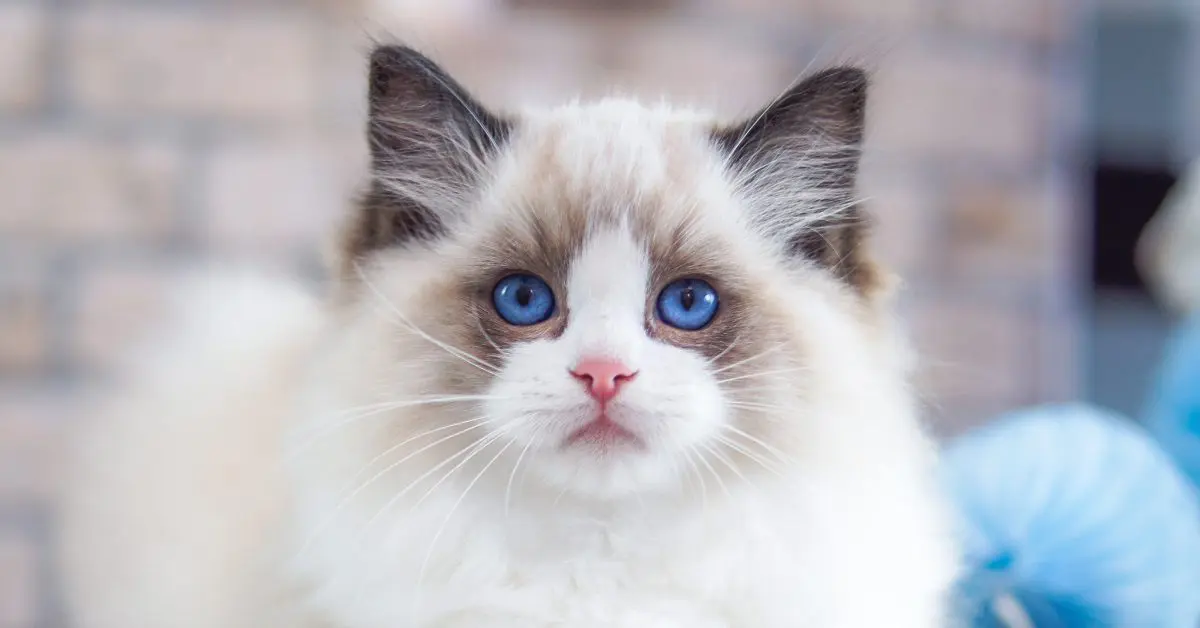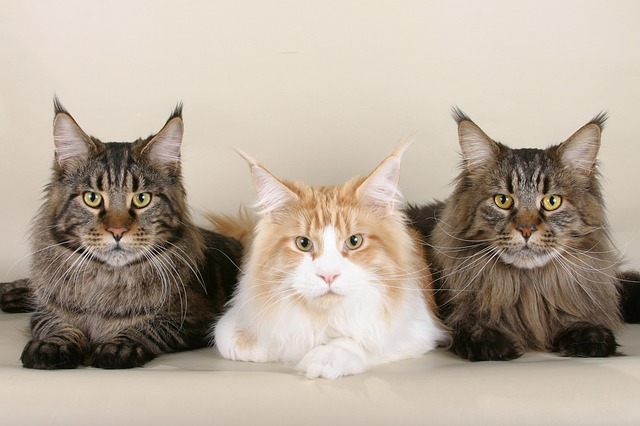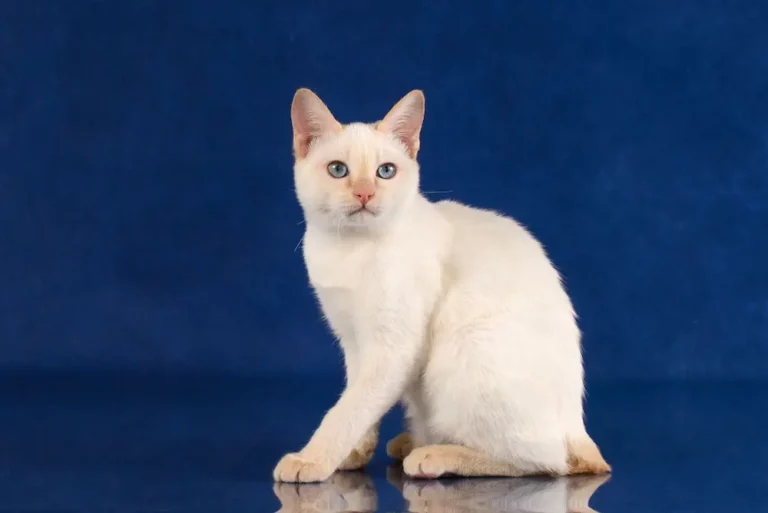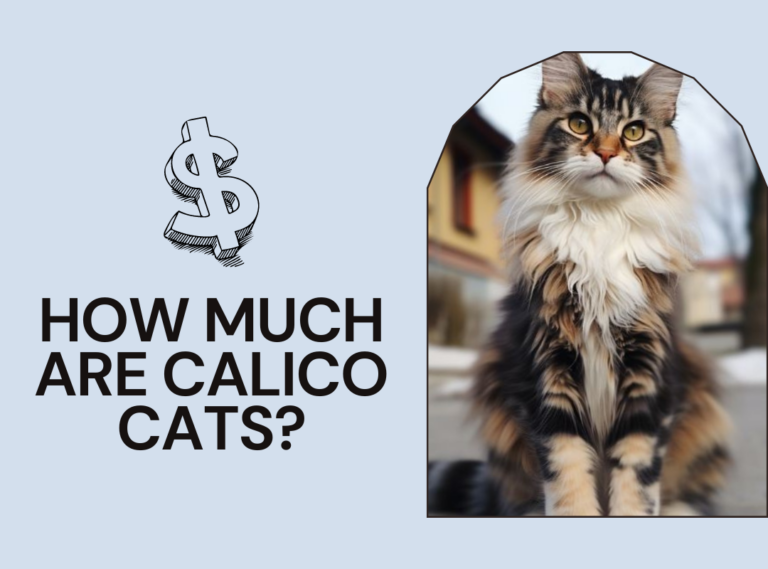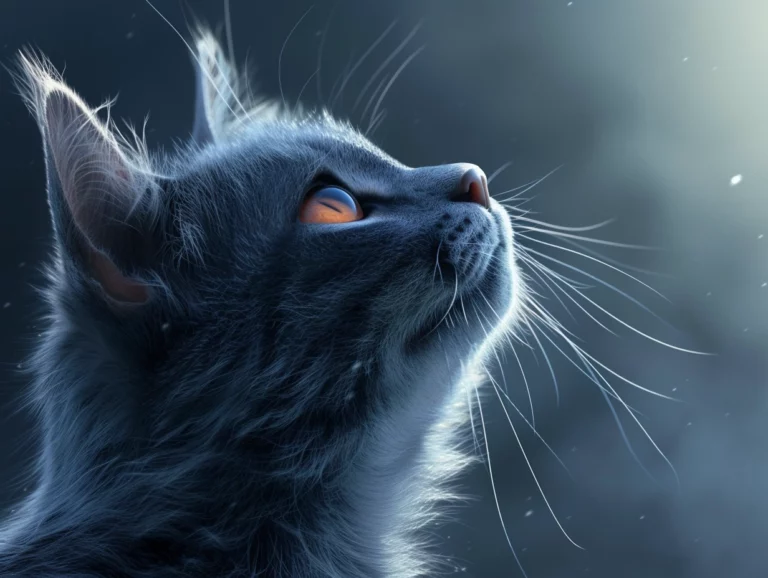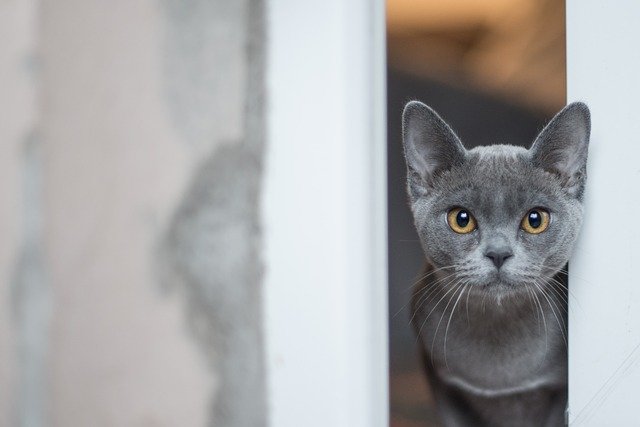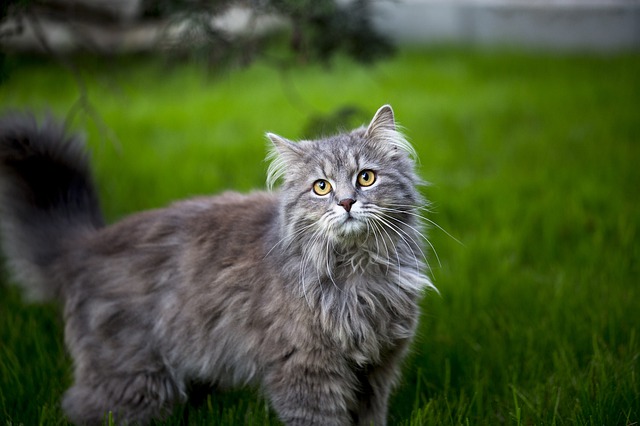Everything You Need To Know About The Ragdoll Cat Breed
Did you know that Ragdoll cats, with their striking blue eyes and plush coats, are among the largest domesticated
Imagine coming home to a gentle giant, known for its serene demeanor and affectionate nature, eagerly waiting to greet you.
That’s the charm of the Ragdoll, a breed that has captivated hearts worldwide, making it consistently ranked as one of the most beloved
If you’re pondering the idea of bringing a feline companion into your life or simply intrigued by these serene creatures, you’re in for a treat.
My journey into understanding the Ragdoll breed has uncovered fascinating insights—from their intriguing origin in the 1960s by Ann Baker to their “puppy-like” behavior that sets them apart.
This article is your gateway to discovering everything there is to love about Ragdolls, whether you’re a seasoned
Let’s jump into the world of Ragdolls together, exploring their history, characteristics, and what makes them such a unique addition to any home.
Overview of the Ragdoll Cat Breed
Exploring the world of Ragdoll cats unveils a journey into a breed that’s as captivating as it is comforting.
Known for their sprawling size, ocean-deep blue eyes, and heartwarming disposition, Ragdolls hold a special place in the hearts of those lucky enough to share their homes with them.
Developed in the 1960s by the visionary breeder Ann Baker, these cats have woven their gentle spirits into the fabric of many families.
Though I’ve encountered numerous breeds in my years as a
Let’s dive deeper into the layers that make up these magnificent felines.
Origin and History
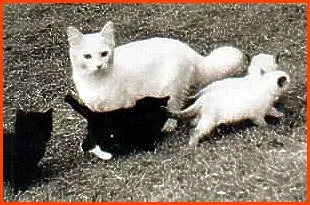
The Ragdoll breed began its story in California with a breeder named Ann Baker.
It’s said that through a selective breeding process focusing on desirable traits—among them, a soothing nature, a robust physique, and their now-signature blue eyes—Baker initiated the legacy of the Ragdoll cats.
Josephine, a white, long-haired domestic
Understanding their origin provides insight into why these cats exhibit such a serene demeanor, a trait meticulously crafted and valued from their inception.
Physical Characteristics
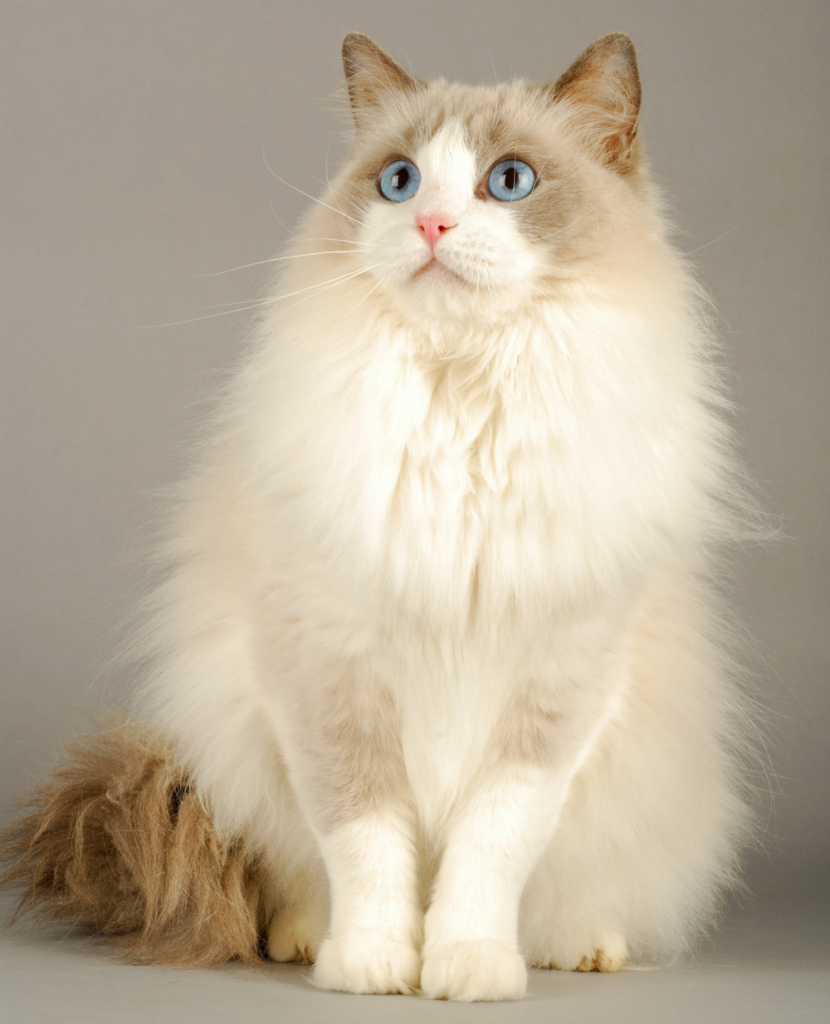
Describing a Ragdoll without mentioning their impressive size would be an oversight.
Males tip the scales between 12 to 20 pounds, with females not far behind, making them among the largest domesticated
Their semi-long, silky coats come in an assortment of colors and patterns, such as colorpoint, mitted, and bicolor, offering a diversity that caters to various preferences.
But, it’s their intense blue eyes that truly mesmerize, casting a gaze that’s both deep and endearing.
Physical traits aside, it’s their plush coat that often garners attention.
Even though its luxurious appearance, their fur is surprisingly low maintenance, thanks to its lack of undercoat.
This feature reduces matting and the need for constant grooming, a practical aspect busy pet owners appreciate.
Indeed, the combination of their majestic appearance with practical grooming needs makes the Ragdoll not just a pretty face but a manageable companion as well.
Personality Traits
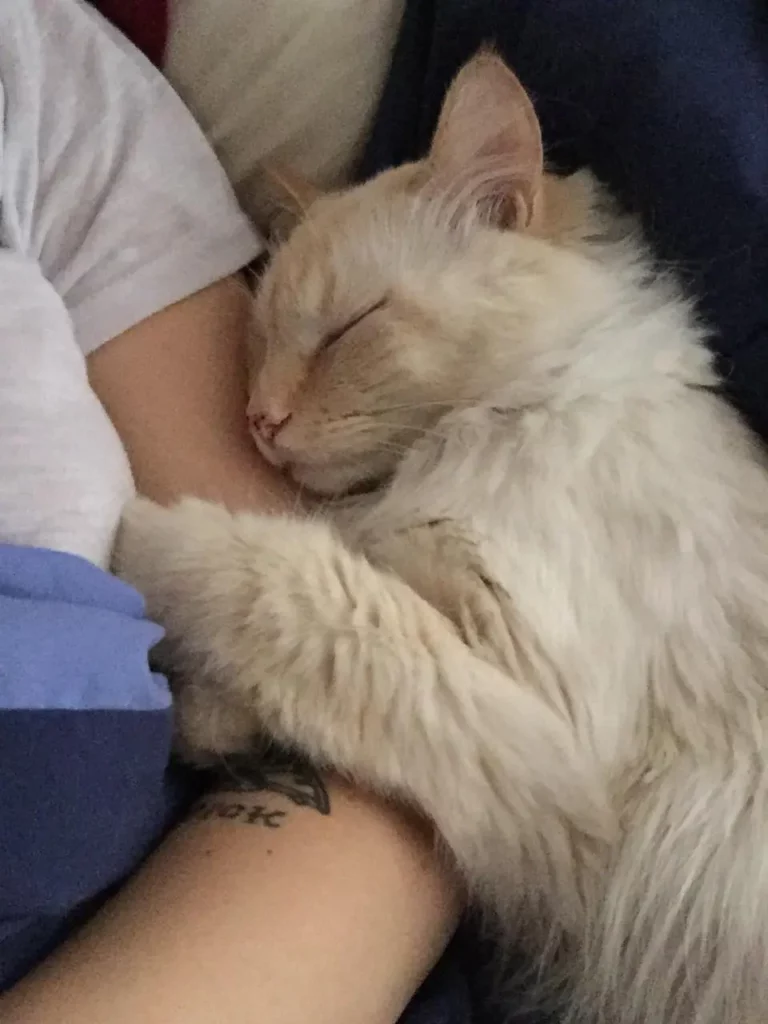
Ragdolls are often likened to dogs, not just for their size but for their “puppy-like†behavior.
They’ve earned a reputation for their ability to follow owners around, their ease in being handled, and their overall laid-back nature.
This adaptability makes them ideal for families and individuals seeking a sociable and affectionate pet.
Their demeanor is one of gentle engagement; they’re creatures that seek connection but do so with a soft presence.
Also, Ragdolls portray a level of intelligence that’s paired with a curious yet non-destructive nature.
This makes them excellent indoor companions, content with exploring the confines of home without causing havoc.
Their calm disposition also means they handle changes in their environment with grace, making moving or the introduction of new family members less stressful for them compared to more skittish breeds.
Getting to know the Ragdoll breed combines the pleasure of discovering their rich history and characteristics with the joy of experiencing their loving personalities.
As each
My advice for potential Ragdoll parents?
Prepare for a world where grace meets gregarity, and where love is received in measures as large as their notable size.
Care and Maintenance
Caring for a Ragdoll
I’ve learned through hands-on experience and by connecting with experts, there’s a lot you can do to make a positive difference in their well-being.
Let’s jump into the essentials of grooming, diet, and health considerations for these beautiful cats.
Grooming Needs
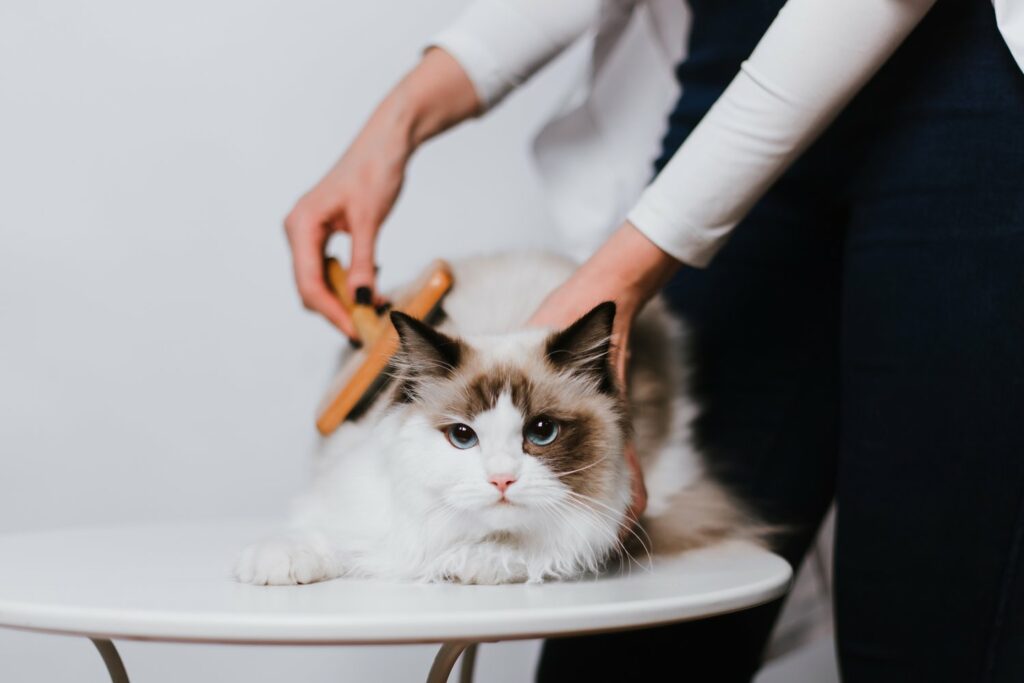
Ragdoll cats boast a semi-long, silky coat that’s less prone to matting compared to other long-haired breeds.
But, this doesn’t mean they are maintenance-free.
Daily brushing is your first line of defense, helping to remove dirt, grease, and loose fur.
I personally use a stainless steel comb that glides through their fur without causing any discomfort.
Remember, grooming isn’t just about keeping their coat in good condition; it’s also an excellent opportunity for bonding.
Most Ragdolls enjoy the attention they get during grooming sessions.
Don’t forget to check their ears for wax buildup and trim their nails regularly, too.
When it comes to bathing, Ragdolls don’t typically require frequent baths, but they might need one if their coat becomes greasy or if they get into something messy.
Use a
Diet and Nutrition
Ragdolls, with their large size, have specific dietary needs to maintain their health and energy.
A balanced diet is crucial, one that includes high-quality dry or wet
Remember, their food should also be appropriate for their life stage (kitten, adult, senior).
Since obesity can be a concern, especially for indoor cats like Ragdolls, monitor their intake and ensure they’re not overeating.
Treats should be given sparingly, and always opt for healthy options.
I’ve found that mixing wet food in their diet helps keep their hydration levels up, which is especially important for preventing urinary tract issues.
Water is just as important as food.
Make sure your Ragdoll has access to fresh, clean water at all times.
Some prefer running water, so investing in a
Health Considerations
Ragdolls are generally healthy, but like all breeds, they have their own set of potential health issues.
Hypertrophic cardiomyopathy (HCM) and polycystic kidney disease (PKD) are two conditions Ragdolls can be prone to.
Hence, working with a breeder who screens for these diseases is vital.
Maintaining a healthy weight is also critical for your Ragdoll’s overall health.
Excess weight can lead to various health issues, including diabetes and joint problems. Hence, ensuring they get enough play and exercise is just as important as monitoring their diet.
In my experience, Ragdolls thrive on interactive play, which can keep them both entertained and in shape.
Simple things like feather wands, balls, or even a cardboard scratcher can provide hours of fun and exercise.
To conclude, taking care of a Ragdoll
With the right care, these big, blue-eyed beauties can be wonderful companions for many years.
I’ve found the journey of caring for them to be immensely rewarding, filled with love, laughter, and lots of purring.
Living with a Ragdoll Cat
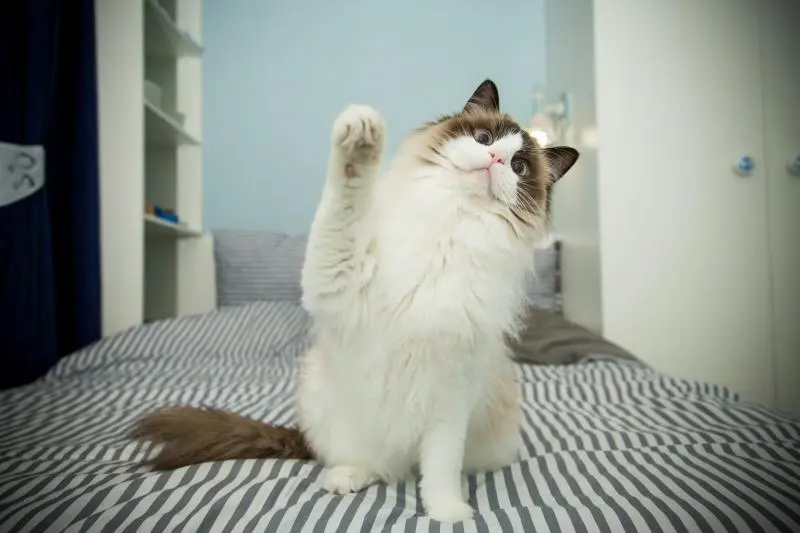
Diving into the world of Ragdoll cats has been an eye-opening experience for me.
Their plush coats, striking blue eyes, and friendly natures are just the tip of the iceberg.
As someone who’s spent years around these gentle giants, I’ve gathered a wealth of practical advice and insights into what it’s like living with a Ragdoll
Let’s explore together the factors that make life with these felines so rewarding.
Indoor vs Outdoor
When it comes to the debate of keeping Ragdoll cats indoors versus allowing them outdoor access, I lean heavily in favor of the former.
Ragdoll cats possess a uniquely trusting nature, which, while endearing, doesn’t bode well for dealing with the great outdoors’ myriad risks.
From cars to predators and even other less friendly cats, the dangers are simply too high.
Also, Ragdolls are not known for their street-smarts, which makes them vulnerable in an unpredictable environment.
To keep your Ragdoll safe yet stimulated, I recommend
This way, they can enjoy the best of both worlds without any undue risk.
My Ragdoll, Zeus, loves lounging in his catio, watching the world go by from the safety of his secure perch.
Training and Behavioral Aspects
Training a Ragdoll
Start with litter training, which most Ragdoll kittens pick up naturally from their mother.
From there, simple commands, the use of a scratching post, and even leash training are all within reach with patience and positive reinforcement.
Treats and praises work wonders for encouraging desired behaviors.
Remember, Ragdolls are famously laid-back but they do enjoy interactive play.
Using puzzle toys can engage their minds and prevent any boredom-induced issues.
Believe me, watching your Ragdoll
Social Needs: Companionship and Separation Anxiety
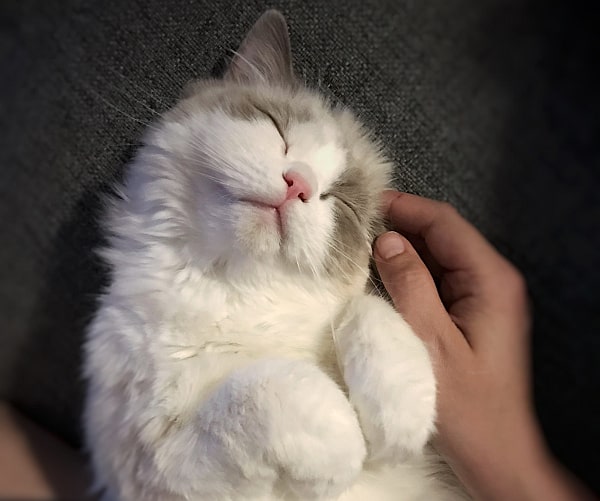
Ragdolls thrive on companionship.
This breed’s need for social interaction is so pronounced that they can suffer from separation anxiety if left alone for extended periods.
I’ve found that regular, dedicated playtime and affection go a long way in keeping my Ragdoll content.
For those times when you cannot be at home, consider leaving a radio on for background noise, or invest in an interactive camera to communicate with your pet remotely.
Another successful strategy I’ve used is to have a pet sitter or a trusted neighbor check-in if I’m away for more than a few hours.
Also, having a second pet for company can help, but always ensure first that they will get along with your Ragdoll.
Living with a Ragdoll
By focusing on their indoor safety, training, and social needs, you can build a strong, loving bond with your Ragdoll
In my years with Zeus, I’ve learned the ins and outs of Ragdoll care, and each day with him is a new adventure.
Embrace the journey, and you’ll find that a Ragdoll might just be the perfect companion for you, too.
Choosing a Ragdoll Cat
Choosing a Ragdoll
Let’s jump into the essentials that will guide you through the process.
Where to Adopt or Buy
When it comes to bringing a Ragdoll
I always recommend looking into shelters and Ragdoll
Many Ragdolls end up in shelters or with rescues and are in need of loving homes.
Adopting from these sources not only gives a
If you’re set on a kitten or have specific needs, reputable breeders are your go-to.
Look for breeders who are registered with major
A good breeder will be transparent about health screenings and genetic testing, particularly for hypertrophic cardiomyopathy and polycystic kidney disease, which Ragdolls can be prone to.
Costs Involved
Understanding the costs involved in owning a Ragdoll is crucial.
Initially, there’s the adoption or purchase fee, which can vary widely.
Purchasing from a reputable breeder can range anywhere from $800 to $2000, depending on lineage and whether the
But, the initial cost is just the beginning.
You’ll need to budget for vet visits, vaccinations, spaying or neutering, and potential health issues and disease screening.
Don’t forget daily care expenses such as high-quality food, litter, and toys.
A good rule of thumb is to budget at least $1000 annually for ongoing care, but remember, this can vary based on your Ragdoll’s health and needs.
Preparing Your Home for a Ragdoll
Bringing a Ragdoll
Start with a dedicated area where your Ragdoll can acclimate.
This should be a quiet room with essentials like food, water, a litter box, and comfortable bedding.
Gradually introduce your Ragdoll to other areas of the home to avoid overwhelming them.
Safety is paramount—ensure that windows are secure and that plants and household items that could be harmful are out of reach.
Ragdolls are known for their playful nature, so investing in scratch posts and toys that stimulate their hunting instincts will keep them engaged and happy.
Finally, consider adding a
Exploring the process of choosing a Ragdoll
As you begin on this journey, remember to approach each step with patience and care, ensuring a happy, healthy life for your new furry friend.
Ragdoll Myths and Facts
In my journey with Ragdoll cats, I’ve encountered numerous misconceptions and fascinating truths that often surprise even seasoned
Hence, let’s jump into the world of Ragdolls to separate myths from facts and share some unique insights I’ve gathered along the way.
Debunking Common Misconceptions
Firstly, a widespread myth about Ragdolls is that they are all inherently floppy and will relax into your arms the moment you pick them up.
But, the truth is a bit more nuanced.
While many Ragdolls do exhibit this trait due to their relaxed nature, it’s not a universal characteristic.
Personality varies widely within the breed; some may not enjoy being held as much as others.
It’s vital to remember, like people, each Ragdoll has its unique disposition.
Another common misconception is that Ragdolls are an entirely maintenance-free breed.
Given their semi-long fur, some believe that they don’t require regular grooming.
This is far from the truth.
Ragdolls do need consistent grooming to keep their coats in top condition.
Brushing them a few times a week helps prevent mats and tangles, ensuring their fur remains silky and luxurious.
Ignoring their grooming needs can lead to discomfort and health issues for your fluffy companion.
Unique Ragdoll Eyes
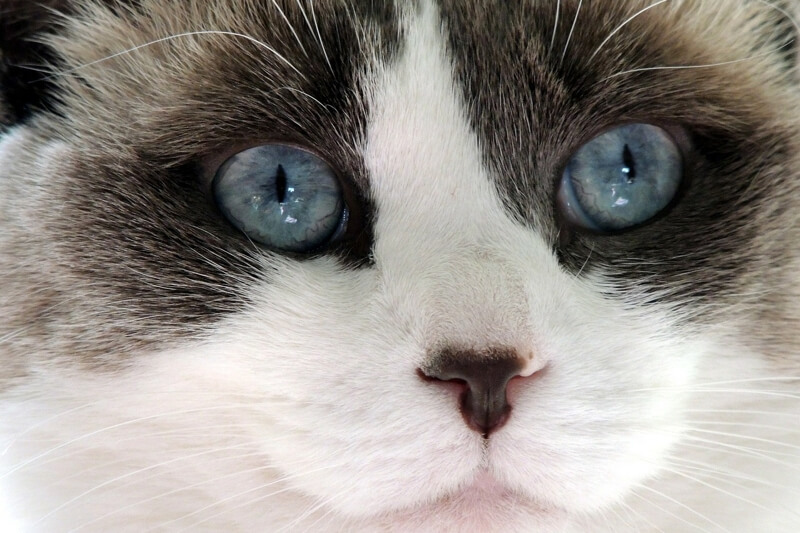
Ragdolls have a striking feature: their captivating blue eyes.
Regardless of their coat color or pattern, those deep, vivid blue eyes are a constant, drawing you into a serene world.
It’s a signature trait that many find irresistible and they certainly belong to the group of cat breeds with most beautiful eyes.
Frequently Asked Questions
What do I need to know about owning a Ragdoll?
Owning a Ragdoll
They are large, with a distinctive plush coat and striking blue eyes.
Regular grooming, a proper diet, and health monitoring for conditions like hypertrophic cardiomyopathy are important.
Outdoor access can benefit them, but safety should always be considered due to their trusting nature.
Are Ragdolls high maintenance?
Ragdolls are relatively low maintenance compared to other long-haired breeds.
They benefit from regular grooming with a steel comb to manage shedding and prevent tangles.
While they do shed, it’s less than other breeds with denser undercoats, making their coat care manageable.
What are the personality issues with Ragdoll cats?
Ragdoll cats are generally known for their docile, affectionate nature.
However, some may exhibit aggressive behavior during play or can become demanding of attention.
They may lack street wisdom, making it risky for them to roam freely outdoors without supervision.
Why does my Ragdoll bite me?
Ragdolls might give “love bites” as a way of communicating their needs, such as hunger or the desire for attention. These nibbles are usually gentle and harmless.
If they become bothersome, ignoring the behavior and rewarding your
What is the lifespan of a Ragdoll cat ?
Ragdoll cats typically live between 12 to 15 years.
Conclusion
Diving into the world of Ragdoll cats has been very fun.
From their striking blue eyes to their plush coats, these felines are more than just pretty faces.
They’re affectionate companions that enrich our lives in countless ways.
Understanding their care needs, from grooming to diet, and being aware of potential health issues is crucial for any Ragdoll owner.
Debunking myths and learning about their unique origins has hopefully provided a clearer picture of what to expect when bringing one of these gentle giants into your home.
Remember, while they may have a reputation for being laid-back, Ragdolls thrive on love and attention.
So, if you’re looking for a loyal friend who’ll follow you around like a shadow, a Ragdoll might just be your perfect match.
